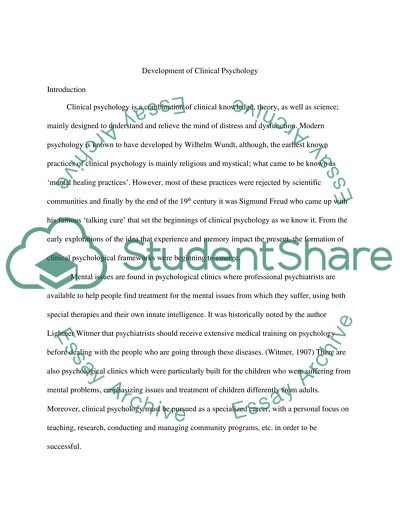Cite this document
(“Development of clinical psychology Research Paper”, n.d.)
Development of clinical psychology Research Paper. Retrieved from https://studentshare.org/psychology/1578638-development-of-clinical-psychology
Development of clinical psychology Research Paper. Retrieved from https://studentshare.org/psychology/1578638-development-of-clinical-psychology
(Development of Clinical Psychology Research Paper)
Development of Clinical Psychology Research Paper. https://studentshare.org/psychology/1578638-development-of-clinical-psychology.
Development of Clinical Psychology Research Paper. https://studentshare.org/psychology/1578638-development-of-clinical-psychology.
“Development of Clinical Psychology Research Paper”, n.d. https://studentshare.org/psychology/1578638-development-of-clinical-psychology.


